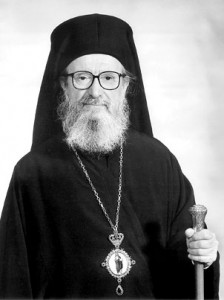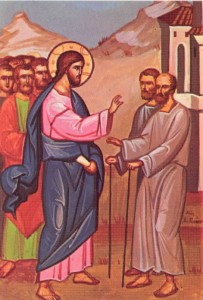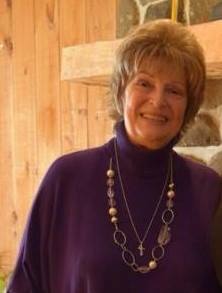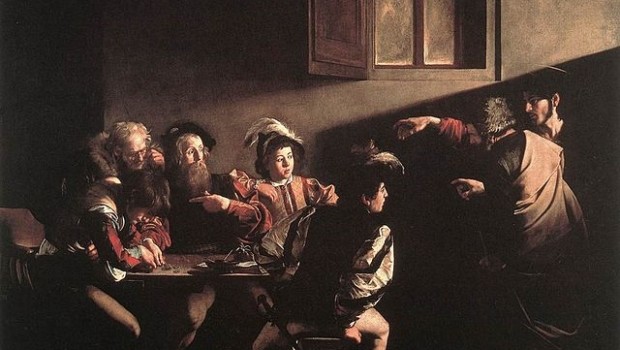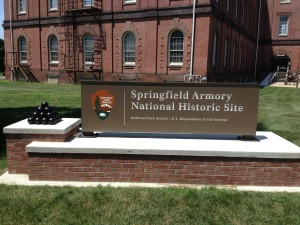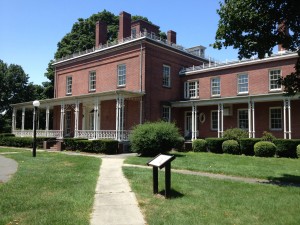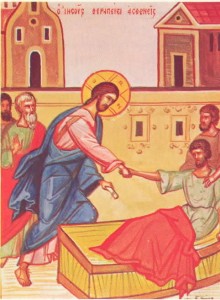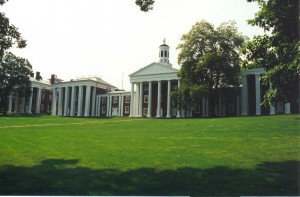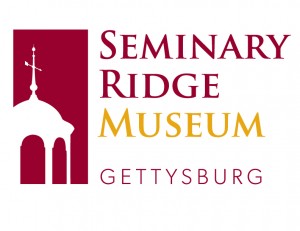They shall hunger no more, neither thirst anymore; the sun shall not strike them, or any scorching heat. For the Lamb in the midst of the throne will be their shepherd, and he will guide them to springs of living water, and God will wipe away every tear from their eyes (Rev. 7: 16-17)
To the Reverend Priests and Deacons, the Monks and Nuns, the Presidents and Members of Parish Councils, the Day, Afternoon, and Church Schools, the Members of Philanthropic Organizations, the Youth and Youth Workers, and the entire Orthodox Christian Family in the United States of America.
Beloved Brothers and Sisters in Christ,
For decades, the region considered a cradle of civilization and the birthplace of Christianity has become an arena of violence, resulting in the loss of countless lives. While the source of violence has varied in each instance, what is consistent in every case is that the blood of innocent victims has saturated the Middle East. This is especially true of Christians, who have endured unimaginable suffering because of their faith.
The ongoing conflict in the Holy Land has forced Christian communities to live along the margins of society in the very place of Christ’s birth, death and resurrection. The conflict in Syria has led to the destruction of churches, monasteries and orphanages. Christians are kidnapped, ransomed, and killed. Over a year ago, Metropolitan Paul and Archbishop John of Aleppo of the Greek Orthodox and Syriac Orthodox Patriarchates of Antioch were kidnapped and they are still missing. Further east, in the Iraqi city of Mosul, the entire Christian population has been eradicated.
Local Christian communities have consistently responded to this terror with the Gospel’s mandate to love one’s neighbor unconditionally. Where extremists have embraced genocide, Christians have demanded coexistence and have provided refuge for those suffering persecution. They do so, recalling the words of the Book of Revelation, that through love, they shall hunger no more, neither thirst anymore; the sun shall not strike them. For the Lamb shall be their shepherd, and he will guide them to springs of living water, and God will wipe away every tear from their eyes (Rev. 7: 16-17).
Brothers and Sisters in Christ,
As we enter the blessed period of the Dormition of the Most-Holy Mother of God, we must remain steadfast in Christ’s promise to care for those persecuted for righteousness’ sake. We are confident that our Lord will grant to them the Kingdom of Heaven (Mt. 5:10), however, as members of the one Body of Christ (Rom 12: 4-5), we must not forget our calling to stand in solidarity with our brothers and sisters. Together, we must intensify our prayers, asking for an end to the bloodshed and for the prevalence of God’s peace in the tormented lands of the Middle East. As we chant the Paraklesis Services and pray to the Most-Holy Theotokos for God’s mercy and peace, may we also heed the calling of the Bible to open our mouths for the mute and for the rights of all who are destitute. Open our mouths and defend the rights of those in need(Prov. 31: 8-9).
With Paternal Love in Christ,
✝ Archbishop Demetrios of America

